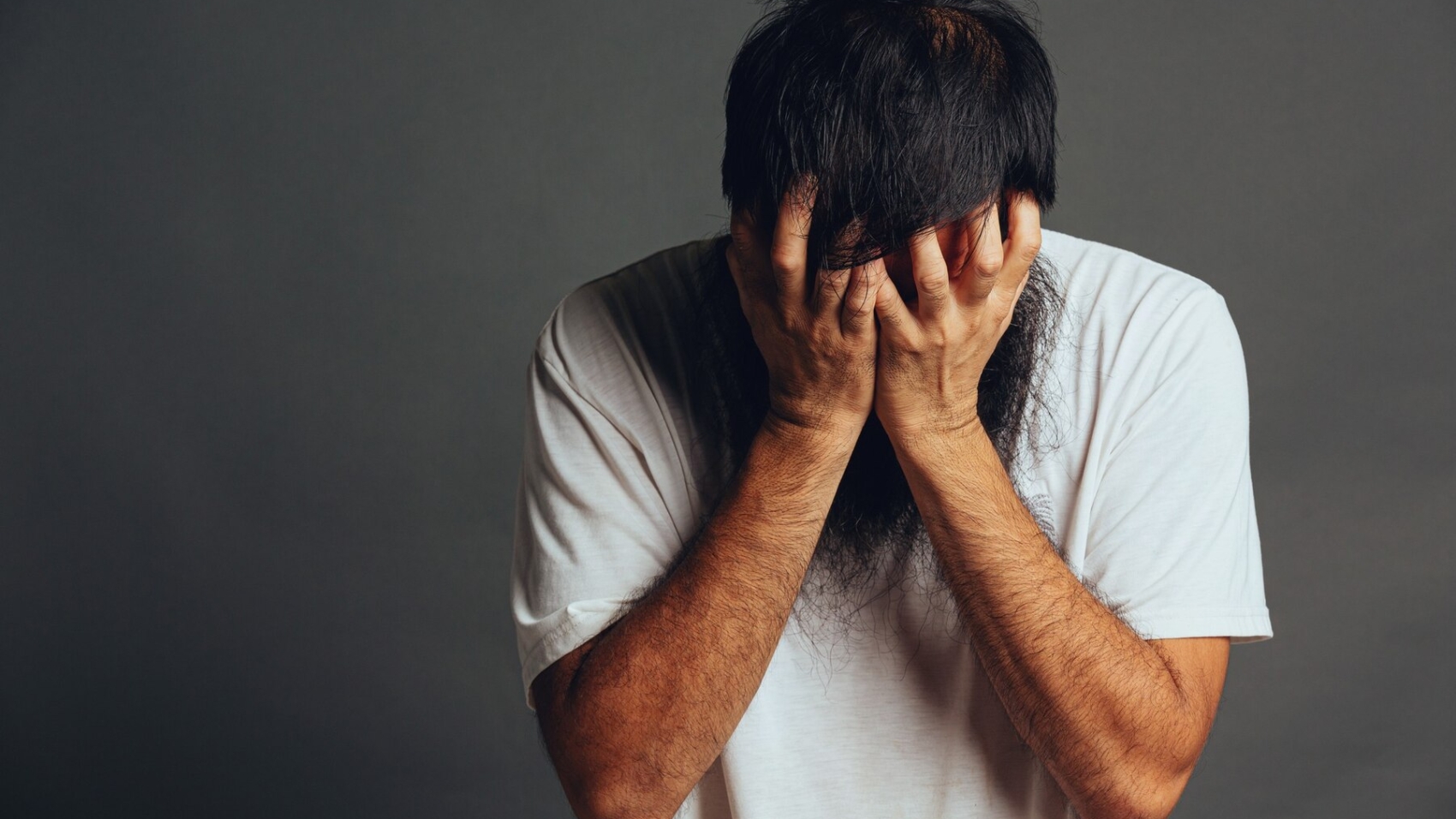Depression and social isolation are deeply interconnected, often creating a cycle that is challenging to escape. While both conditions can occur independently, they frequently fuel one another. Understanding their relationship and how to address them might improve well-being and pave the way for recovery.
What Is Depression?
Depression is a mental health condition that affects mood, thoughts, and behavior. It is characterized by persistent feelings of sadness, a lack of interest in activities, and low energy. Depression can occur in short-term episodes or persist chronically over time, impacting daily life and relationships. This condition is not simply a temporary emotional response but rather a complex mental health disorder that involves physical, psychological, and emotional elements requiring careful attention.
What Are the Causes and Symptoms?
The causes of depression vary and include genetic, biological, psychological, or environmental factors. Stressful life events, chemical imbalances in the brain, and family history can all contribute to the development of depression. Common symptoms include changes in sleep patterns (such as insomnia or excessive sleeping), appetite changes, difficulty concentrating, feelings of worthlessness, and even physical symptoms like headaches. While some may experience recurring low energy, others may feel an overwhelming sense of hopelessness.
What Is Social Isolation?
Social isolation refers to the lack of meaningful connections with others. It may result from a lack of access to social networks, geographical barriers, or a deliberate withdrawal from others. People experiencing social isolation might spend prolonged periods alone, engage in little to no communication with others, and avoid social activities. Social isolation can occur gradually, often linked to major life changes or mental health conditions, and may intensify feelings of loneliness.
How Can You Break the Cycle?
Breaking the cycle of depression and social isolation involves addressing both conditions simultaneously. Reconnecting with others, even on a small scale, may help improve one’s emotional state. Start by reaching out to a friend or family member or joining social groups that align with personal interests.
Engaging in physical activity and practicing self-care might also be beneficial. Exercise releases endorphins, which may lighten mood, and structured routines can create a sense of stability. Discussing challenges openly with trusted individuals may reduce the sense of loneliness that accompanies isolation.
Professional treatment options play an instrumental role in some cases. Treatments such as antidepressants, psychotherapy, Spravato® (an intranasal esketamine spray), and transcranial magnetic stimulation (TMS) can provide relief for depression and support recovery. These methods are tailored to treat the unique needs of individuals and may be most effective when combined.
When Should You Seek Professional Help?
If feelings of depression persist for more than two weeks or social isolation becomes all-consuming, it may be time to seek help. Professional intervention is also recommended if symptoms interfere with daily functioning, lead to thoughts of self-harm, or create significant distress. Mental health professionals provide tailored support through therapy, medication, or other evidence-based treatments. Early intervention can offer the most effective path toward improvement and long-term well-being.
Break the Cycle
Depression and social isolation often intertwine, creating a cycle that severely impacts an individual’s quality of life. Recognizing these challenges and taking steps toward reconnection and treatment can be the first steps to recovery. While breaking this cycle may take time and effort, resources and support are available to guide the process. If you or someone you know is struggling, reach out to a mental health specialist to discuss symptoms and explore treatment options.

